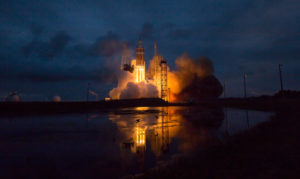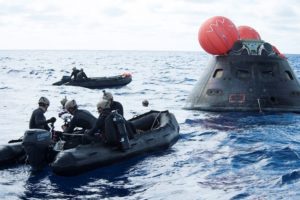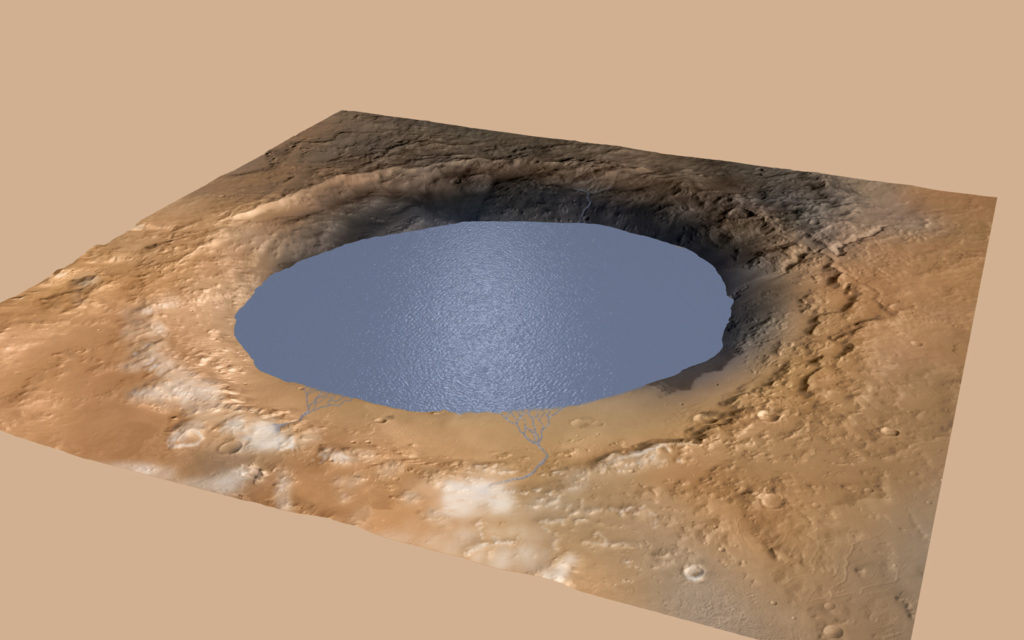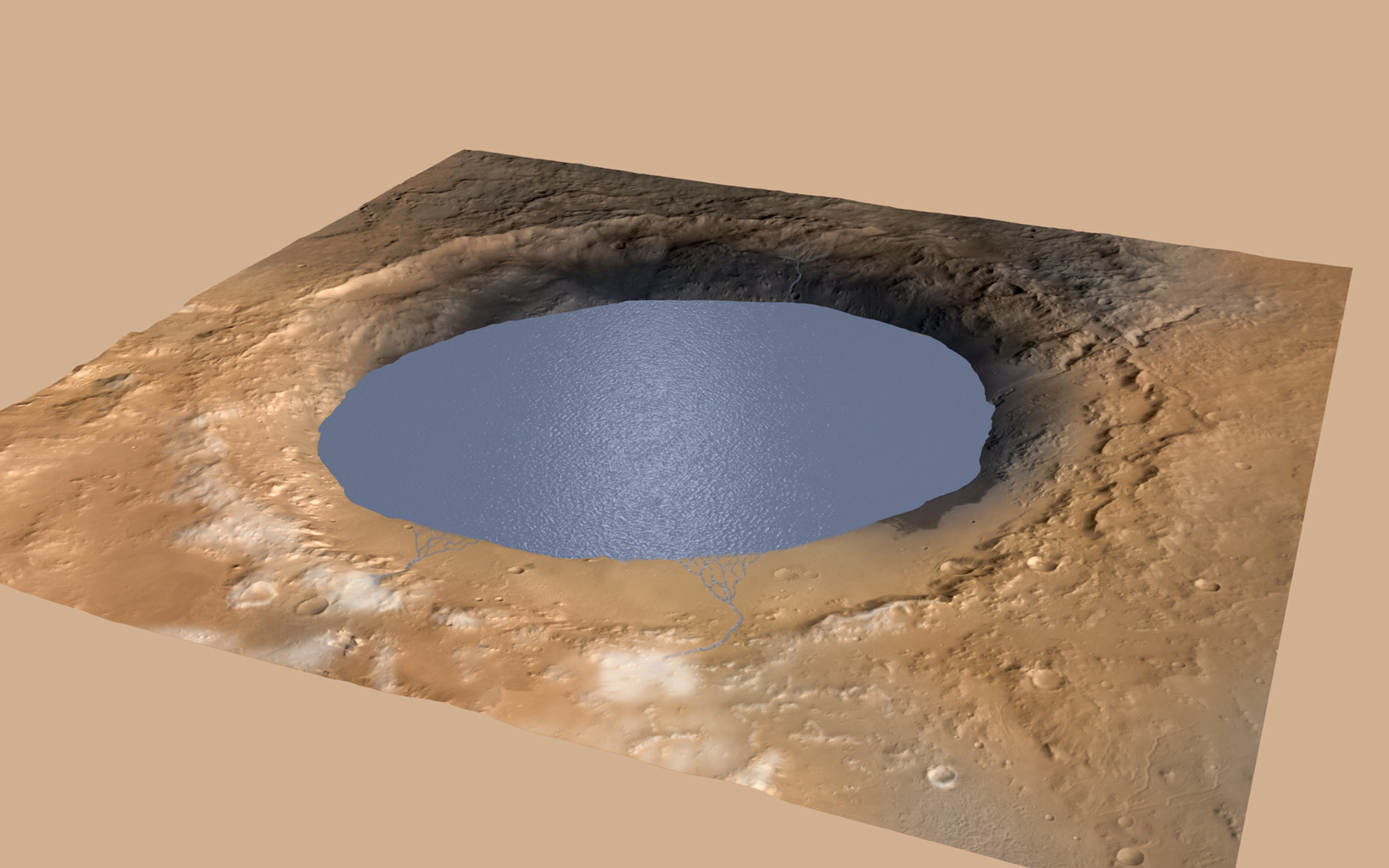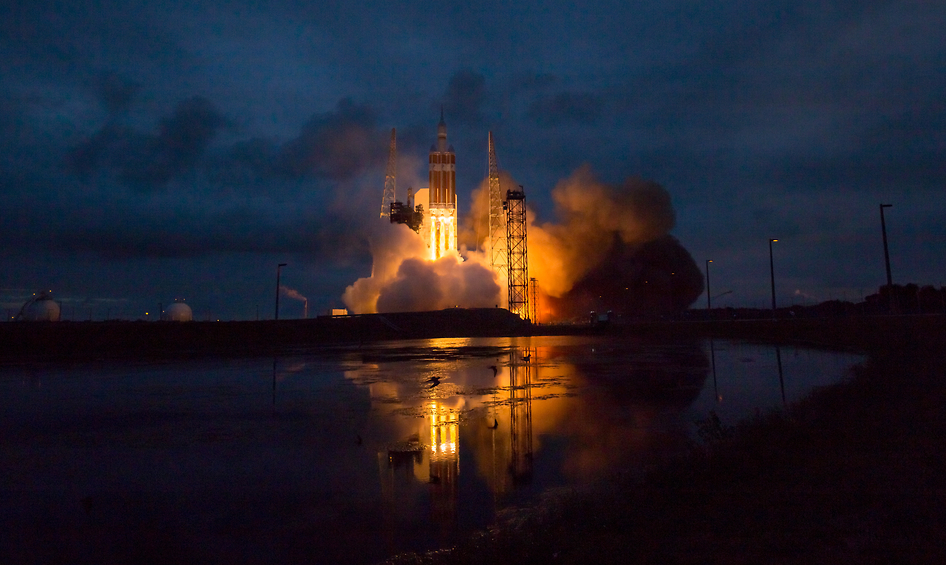
Orion, Welcome Back!
After a successful launch on Dec 5, 2014, the Orion space capsule spent four and a half hours around the planet before a triumphant splash down into the Pacific Ocean. The original launch was schedule for Dec 4, and got cancelled due to unexpected wind gusts.
Since its successful launch in December 2014, the Orion capsule has been central to NASA’s deep space exploration goals. The capsule orbited Earth and splashed down in the Pacific, proving its capabilities. It’s now integral to the Artemis missions, aiming to return humans to the Moon and beyond.
USS Anchorage of United States Navy retrieved Orion from the ocean and bringing it back to SanDiego, California. Navy’s amphibious specialists towed the capsule to anchorage in four small boats, some 600 kilometers off the west coast. Orion will be eventually taken to the Kennedy Space Center in Florida where it will be made ready for the next trial run in 2017. The capsule could eventually take humans into outer space, asteroids and the moon had its very successful trial run.
“Every single system functioned by the book” said NASA spokesperson Rob Navias said on NASA TV’s live coverage.
That’s good news!
Did you like this post about Orion? Read more and subscribe to our monthly newsletter!

